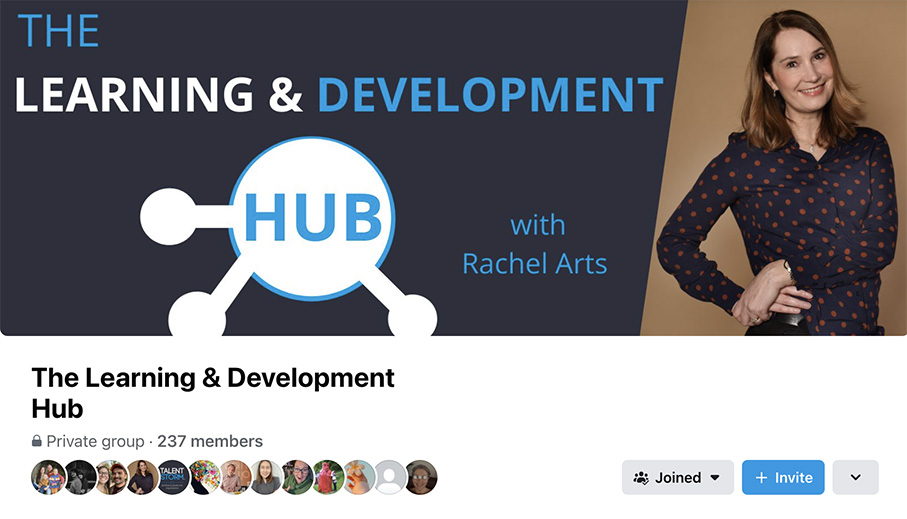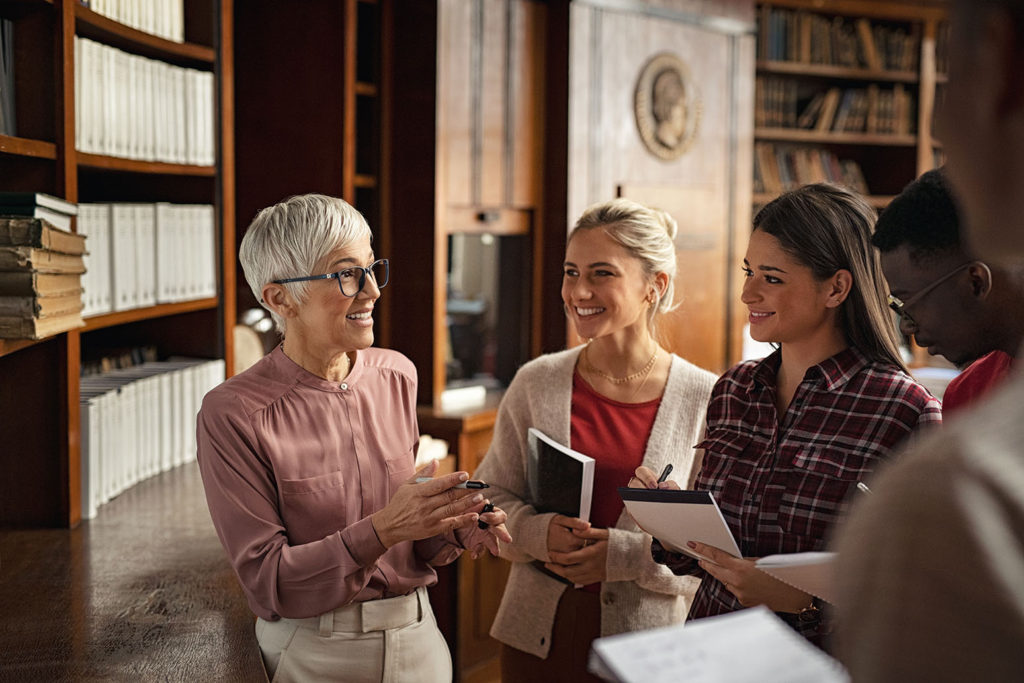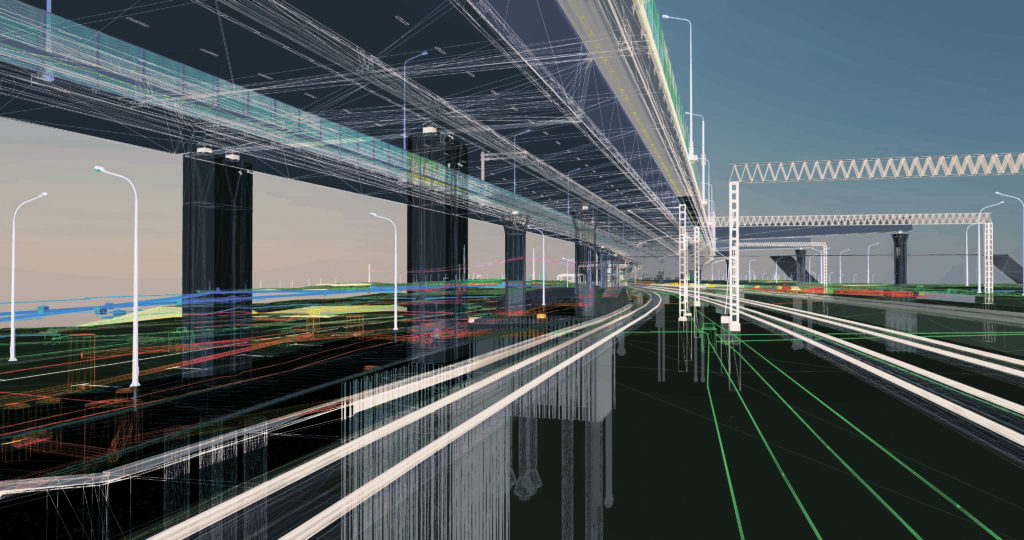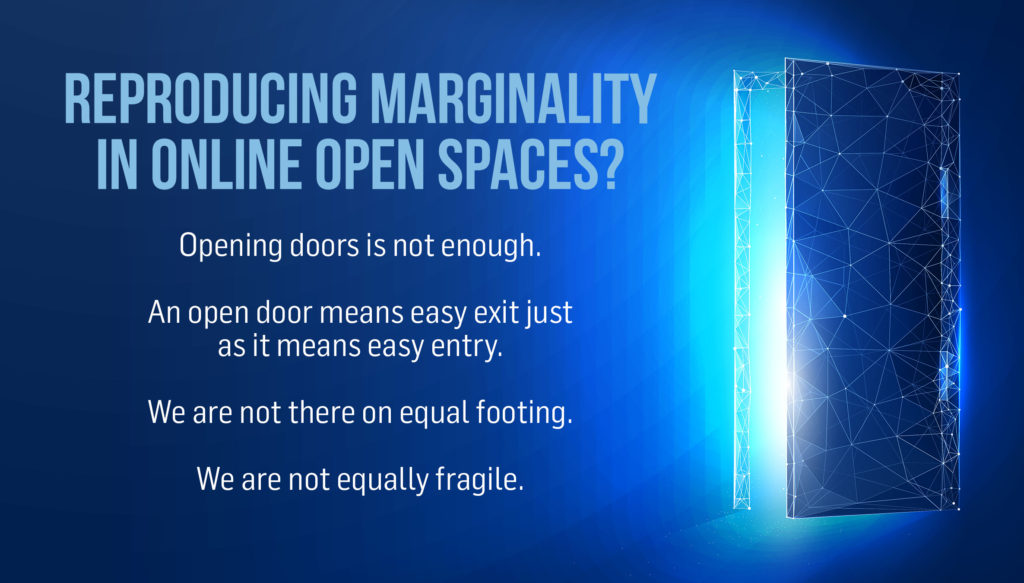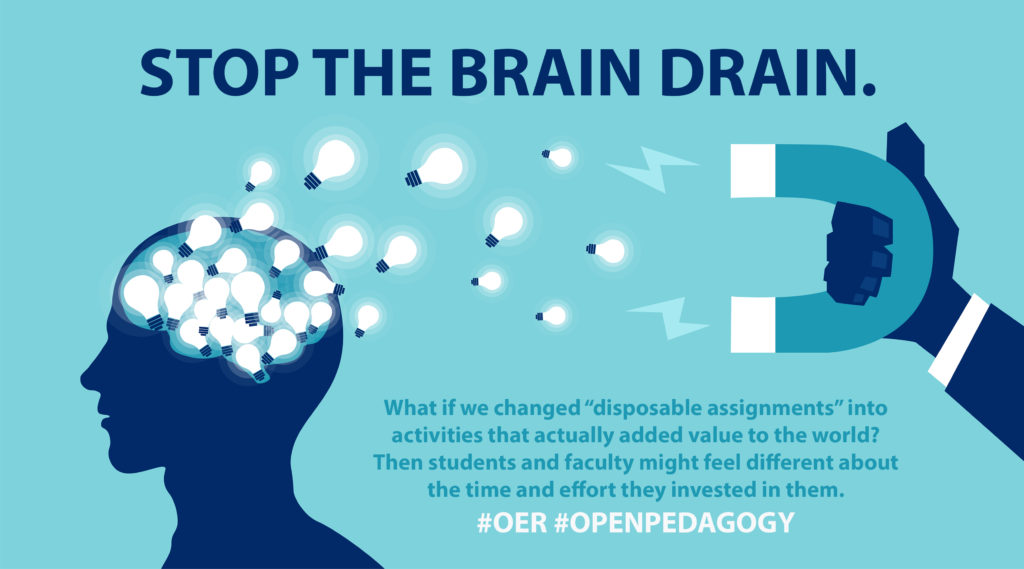
In one of the articles this week in our Open Scholarship class I read: “Essentially, the academy resides on the premise that diversity of opinion is important so that dialogue can take place and the best ideas can eventually rise to the surface” (Kimmons, 2019). [See reference #1 below.]
To cultivate this diversity, Kimmons goes on to state that academia has established measures to help prevent inbreeding of perspectives and beliefs, perpetuation of biases, personality cults attached to popular professors, rigid thinking, and limited academic interpretations and filters.
These preventative measures include the practice of universities to hire personnel outside of its graduates, thus insuring the formation of divisions in the field. This really only works, according to Kimmons, if the professor has limited students. When those students go out into the field, the impact of their learnings and associated biases (good or bad) “will meet with valuable interrogation.” This interrogation, in turn, maintains the needed diversity in each academic field.
Kimmons then infers that a professor who would want to remake a field in his “own image” may have the possibility to “transform the academic field….without controversy or interrogation” on a large-scale basis through a MOOC (Massive Open Online Course) instead of through the traditional journal article or small classroom setting. It’s implied that this sweeping ability for change “without diversity of opinion” through MOOCs could be a worry for established academia.
Another academic worry besides the flattened diversity argument is that “MOOCs have dramatically changed the way the world learns.” According to MOOC.org: “MOOCs are free online courses available for anyone to enroll. MOOCs provide an affordable and flexible way to learn new skills, advance your career and deliver quality educational experiences at scale. Millions of people around the world use MOOCs to learn for a variety of reasons, including: career development, changing careers, college preparations, supplemental learning, lifelong learning, corporate eLearning and training, and more.” [See reference #2 below.]
And from its sister site edx.org: “As a mission-driven organization, we’re relentlessly pursuing our vision of a world where every learner can access education to unlock their potential, without the barriers of cost or location.” [See reference #3 below.]
But wait! This MOOC vision of open access of knowledge to larger audiences has been pursued before! Did previous attempts destroy the roots of academia? Let’s explore.
The idea behind the creation of the Great Books of the Western World was to make important works available and affordable to the common person. We have a couple of sets of the collection Great Books in our home, and one of my sons (who has moved out) has a set of his own. Ideas from the books included in the set of great conversation are intended to account for at least a some-what rounded Western liberal education with the 25 centuries of thought represented. [See reference #4 below.]
Robert Maynard Hutchins, editor in chief of the Great Books, stated that “Anything less than the effort to help everybody get the best education necessarily implies that some cannot achieve in their own measure our human ideal. The aim of education is wisdom and each must have the chance to become as wise as he can” (Hutchins, p. 82). [See reference #5 below.]
Years later, James Campbell countered Hutchins’ product in the New York Times: “But not even the distilled wisdom of the 54 volumes could have helped them predict that by the 1980s students on campuses throughout the United States would be forming groups and chanting, ‘Hey, hey! Ho, ho! Western culture’s got to go!’ sometimes with support of politicians. By then, the Great Books notion had fallen from its commercial and academic high point to being the focus of readings groups.” [See reference #6 below.]
As I think about the uprising of MOOCs and Kimmons implication that these MOOCs could denigrate the academic wishes for built-in diversity and interrogation, I am reminded of previous attempts to provide education to those who may not have access to information provided through the standard academic route, such as was with the intention of the Great Books. Although there was an increase in those individuals who had access to previously unavailable education, it didn’t “harm” the established institutions, but enhanced the education of those who partook in such offerings. I’m inclined to believe that this is and will continue to be the case with MOOCs.
And as I reflected on this week’s reading, I thought about the diversity inherent in roses and although there are thousands of varieties to enjoy, it doesn’t take away from the worth of some of the most established species.
For example, I think the Jackson & Perkins company can be analogous as a provider of “MOOCs” for roses. Their story on their website goes as follows: “But when the Rosa genus offers over 300 species and several thousand varieties created over the centuries, where do you begin? With so many different types of roses, how can you decide on a rose bush for your own backyard garden and landscaping?” The company helps gardeners and not-so-self-designated-but-wanna-be-gardeners choose roses that would be best for their budget and circumstances. [See reference #7 below.]
The company goes on to state: “Each rose variety features its own unique characteristics and features. Some roses offer gorgeous continuous blooms that keep a garden looking lovely from spring to fall, while others are incredibly straightforward to maintain and offer cane-like rambling stems. With all the rose classifications and countless hybrids defined by the American Rose Society, Jackson & Perkins offers this helpful guide to distinguish the different types of roses available to plant in your garden or surrounding landscape.” [See reference #7 below.]
Here is where the Rosa genus can be analogous to the general knowledge of what is known about roses. The American Rose Society can be analogous to an academic institution that provides a degree in roses. Jackson & Perkins can be analogous to a provider of MOOCs that individuals with interest in roses can find out what they need/want to know about roses without having to wait to be admitted to and pay for an institution for official knowledge about roses. The guides provided by Jackson & Perkins could be the MOOCs available.
Although the particular stance of Jackson & Perkins is distributed to its customers and may differ somewhat from the American Rose Society, I don’t think its information dilutes the knowledge in the field. The technical and official knowledge of roses still remains and is retained by the American Rose Society, but individuals can still continue and make progress because they are not inhibited by official jargon.
These analogies helped me process what Kimmons was trying to illustrate in his article. I know I still need to think these through these analogies in order to be more precise in my thinking. Yet, I think there is space for all types of learning.
References:
- Kimmons, R. (2019). MOOCs and Directing an Academic Field. In R. Kimmons, EdTech in the Wild: critical blog posts. EdTech Books. Retrieved from https://edtechbooks.org/wild/mooc_inbreeding
- https://www.mooc.org/
- https://www.edx.org/
- https://www.wikiwand.com/en/Great_Books_of_the_Western_World
- Hutchins, M. H. (1980). I. The Great Conversation.
- http://www.nytimes.com/2008/11/16/books/review/Campbell-t.html
- https://www.jacksonandperkins.com/ultimate-guide-rose-types/a/types-of-roses/


